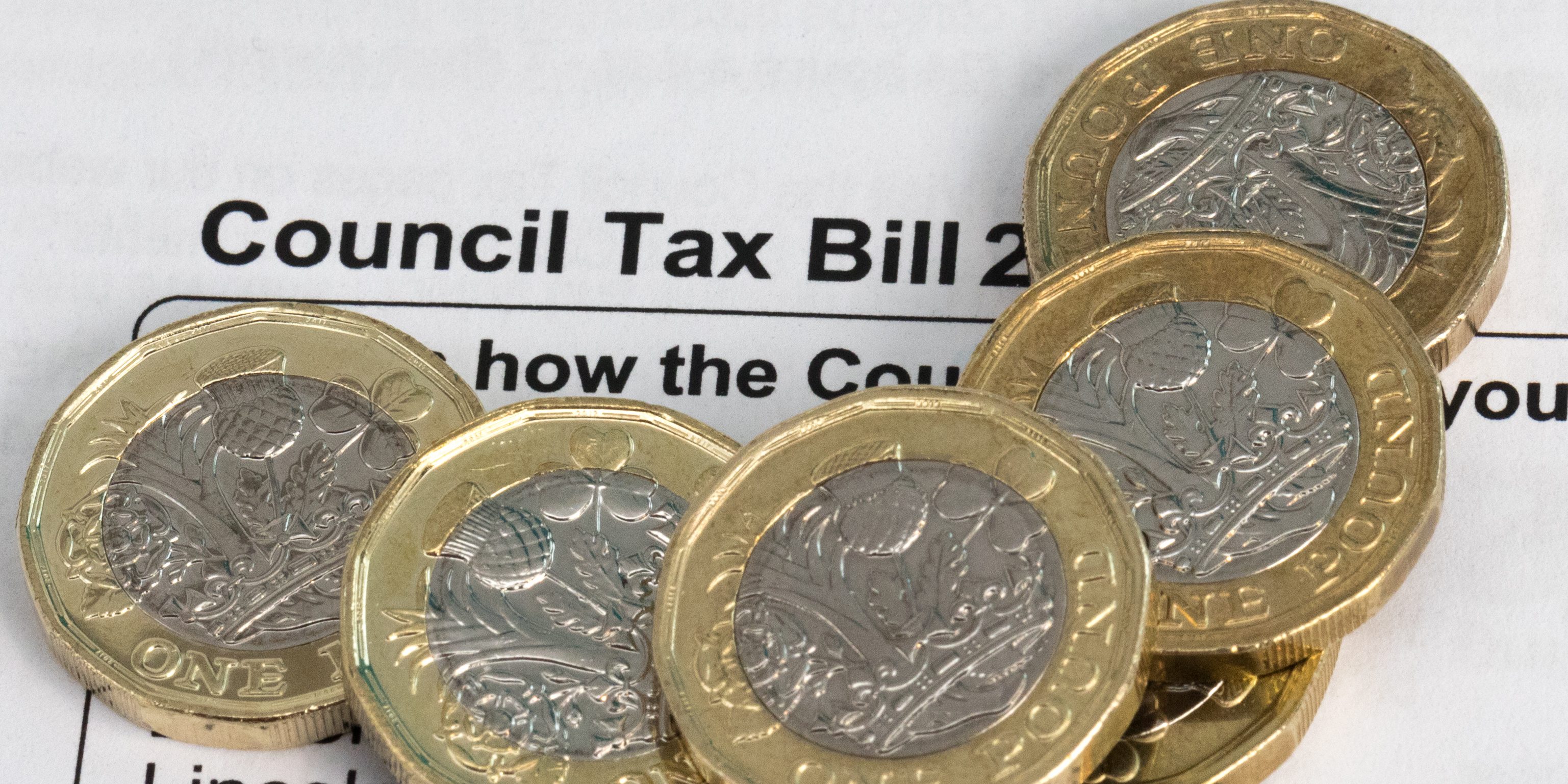Some homeowners across the UK could be unknowingly overpaying their council tax.
The key lies in the council tax band of your property, which might not be as accurate as you think.
Home experts Halton Stairlifts delve into why you might be in the wrong council tax band, how to check if you are, and the steps to challenge it — potentially saving you a significant amount of money, and be entitled to backdating it from 1993.
Your property’s council tax band is based on its estimated value at a specific point in time — April 1991 for England and Scotland, and April 2003 for Wales.
The rapid and sometimes cursory nature of these assessments has led to inaccuracies. This means your property could be in a higher band than it should be, leading to higher council tax bills.
How Much Could You Save?
The savings can be substantial if you successfully challenge your council tax band. For instance, moving from band D to band C could save you around £200 to £400 a year, depending on your local council rates. Moreover, if your challenge is successful, you could be entitled to a backdated refund from when you started paying council tax at the property, potentially amounting to thousands.
Here are some useful steps
Step 1:
Compare Your Band with Neighbours
Check your council tax band on the government’s Valuation Office Agency (VOA) website for England and Wales, or the Scottish Assessors Association website for Scotland.
Neighbour Comparison: Compare your band with similar properties in your neighbourhood. If you find that similar properties are in a lower band, you may have grounds for a challenge.
Step 2: Research Property Prices
Historical Values: Research the historical value of your property around the time the bands were set (1991 in England and Scotland, 2003 in Wales). This can be done through local estate agents or online property valuation tools.
Step 3: Challenge Your Band
Contact the VOA or Local Assessor: If you believe your band is incorrect, contact the VOA (or the local assessor in Scotland) to discuss your concerns.
Formal Challenge: If you’re not satisfied with the response, you can formally challenge your band. This process is free and can be done through the VOA or Scottish Assessors Association’s website.
Step 4: Understand the Process
No Risk of Higher Charges: If your challenge results in a higher band assessment, it won’t affect you immediately but may impact future buyers of your property.
Patience is Key – The process can take time, so patience is important.
Step 5: Seek Backdated Refunds
Eligibility for Refunds: If your challenge is successful, you are eligible for a backdated refund, from the date you moved into the property, or from 1993, whichever is later.
A spokesperson for Halton StairLifts said: “Checking and challenging your council tax band is a straightforward process and poses no risk to you in terms of paying a higher rate.
“With potential savings in the hundreds or even thousands, it’s certainly worth taking the time to ensure you’re not overpaying. Remember, knowledge is power, and in this case, it could also mean more money in your pocket.”







